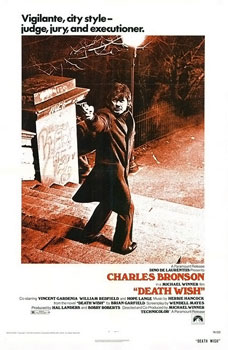“Who gets to live and who dies?”
The question rolled off the teacher’s lips effortlessly, like the whisper a fall breeze sends through leaves on their way out.
We watched the film mesmerized by the turn of events our eyes were coming upon. Just like before, there would be no showing of the final scenes of this movie. We would not know the answer to her question nor would we be able to find it on the Internet; it was before the dawn of the digital age and I can guarantee neither myself nor any of my classmates were going to the library to search microfiche or old periodicals for the answer.
Remaining consistent with the sum of films we had watched to date, the movie was obscure, so little known that perhaps we would never find out its ending, provided our teacher did not eventually show or reveal the ending to us somehow.
We loved movie days in ethics class. The projector was creaky but worked well enough. The big screen against the wall unraveled crankily with the pull of the receptacle hook by the lithe teacher’s hands. We always looked forward to these classes. Ethics was typically boring and not one of us minded the fact we would have to write a paper of sorts for homework every time we watched a film.
Each movie in ethics was like a lesson learned in life. We had to figure out the meaning of the film and always went without seeing the ending. This was part of the class charm—a quirky thing like not ever being able to see a movie’s ending. Somehow we did not mind at all, playing director for one night and writing our papers on how we saw the movie ending as well as whatever other observations we were able to make.
This particular movie posed a peculiar quandary for us as our previous films did not leave the decision of who gets to live or not in our hands. Prior films left us with ethical and moral deliberations like who gets a facelift or not, how someone should be punished for negligence, why you should always practice standards of care when treating patients, how confidentiality should never be breached, when would be the proper time to go for donuts, that sort of thing.
But choosing between life and death for someone or something? It was all new, somewhat depressing and strangely fascinating at the same time.
So I sat at my desk upstairs in my bedroom after dinner. I thought back to the movie’s stark lighting, at least up to the fire breaking out. The old woman was alone in the museum, roaming the halls, hands folded neatly behind her back as she strolled with nary a glance or concern for the encroaching blaze. We watched as she walked slowly past the most valuable thing in the place—a Rembrandt painting. She paused to look up at it once, slowly considering it before walking off, smoke already filling the hall ceilings behind, bearing down upon her with acrid finality.
Sadly, I never watched the ending of the movie, in class or even as I am an old woman myself. I have my desktop computer and the wonders of YouTube for instant movie gratification. I can find out exactly what happened to the old woman and the painting as I ponder in the autumn of my life.
The constant certainty that is life and death does not make the choice of whom or what gets to live ever easy. Whether it is in ethics class or the real world, however, seasons, old people and works of art will meet their respective fates independent of the mercies of children.



